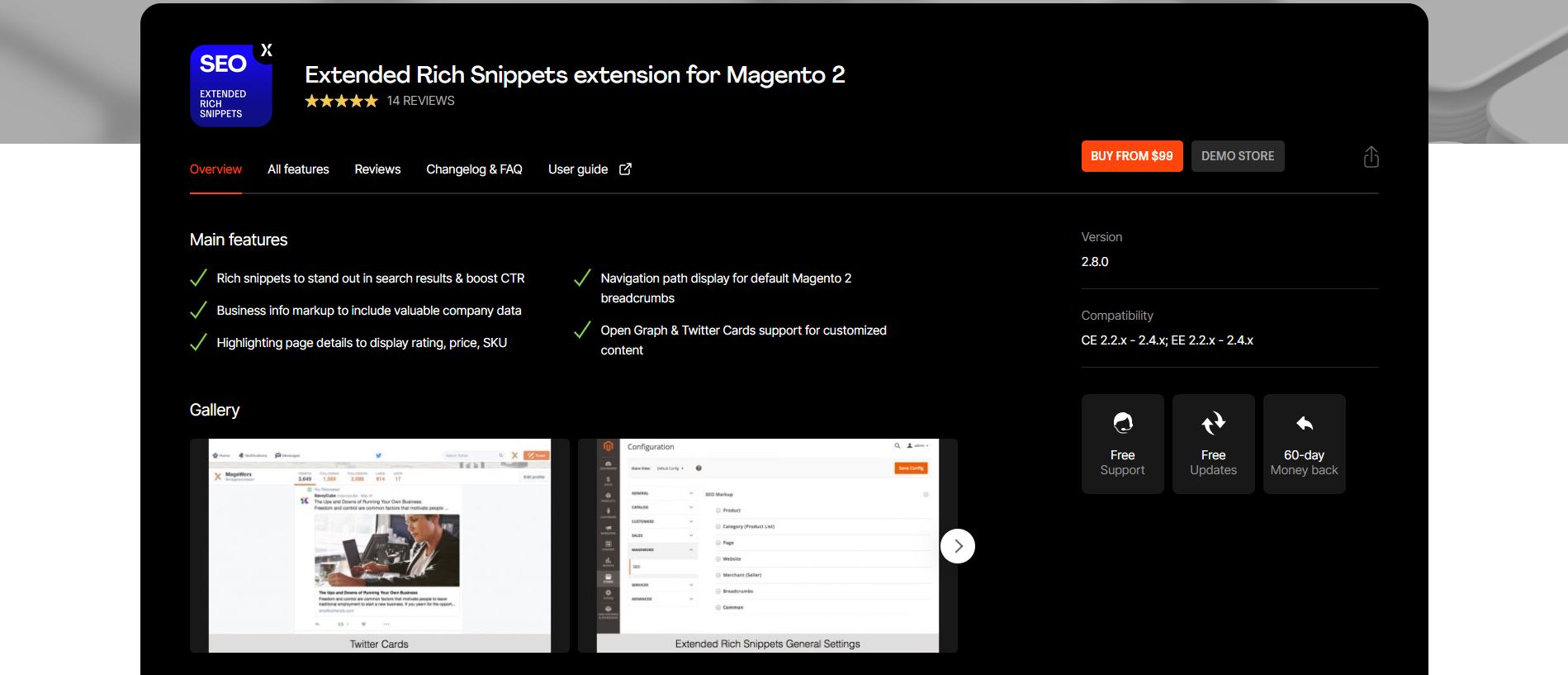

Microdata is defined by Google as a way to label content to describe a specific type of information using a set of attributes and Schema vocabulary. Google recommends using microdata, so we will focus on this type of code. There are three main types of markup that Google recognizes and translates into a rich snippet that include microdata, microformats and RDFa. First off, you need to understand the options and formats of structured data to apply.
#Rich card snippit image not showing code
There is a small degree of technicality when implementing rich snippets into the HTML code of your pages. This is just one facet in the evolving semantic web or collaborative movement to enable sharing and interpreting of information. Īll in all, the additional information accompanying the description help users recognize what the page is really about. Event Info (time & location) – The events rich snippets displays the date and location of the particular event.Music Track Info – The music rich snippet shows a list direct links to songs and the song time length and album underneath the description.Often times this snippet contains the amount of time it takes to make it and sometimes additional information about the nutritional value. Recipes – A recipe rich snippet displays an image of the food item with a user rating.Ratings, price, breadcrumb and "In Stock" can all be shown.


Use matching file names ( image_name.Rich snippets can offer searchers many details in the results.

Example: Images responds with three pictures in answer to the search query. PNG, JPEG, JPG, and other major formats are supported. Pictures where they are relevant and exist.
#Rich card snippit image not showing how to
This facet is triggered by questions starting with "How to." Example: In response, Instructions tells you how to start. Example: For the query, Facets provides the date "October 29, 2020". Short answers consisting of a word or an entire sentence. It is capable of extracting four kinds of data from HTML pages:įacets. Rich Snippets and Rich Cards enrich user experience when an end-user wants definitions, tips from instructional articles, images, and videos right on the search results page.


 0 kommentar(er)
0 kommentar(er)
